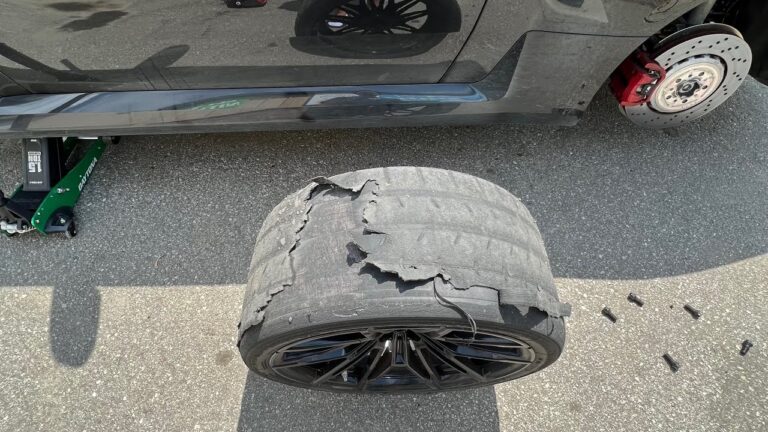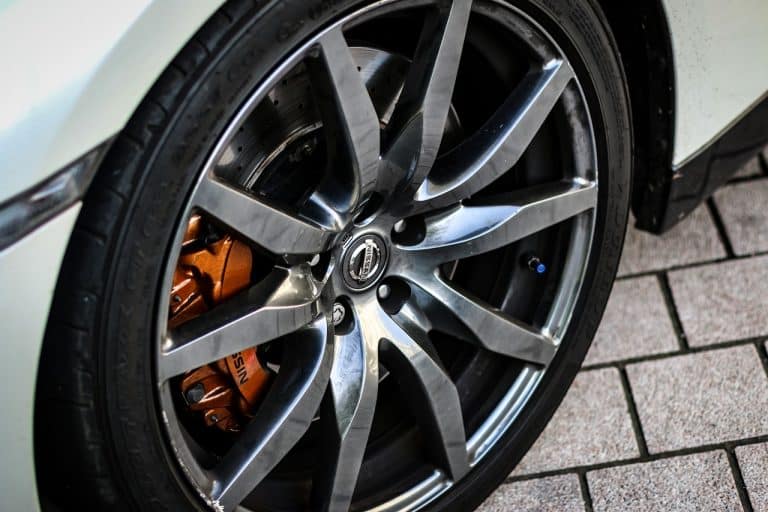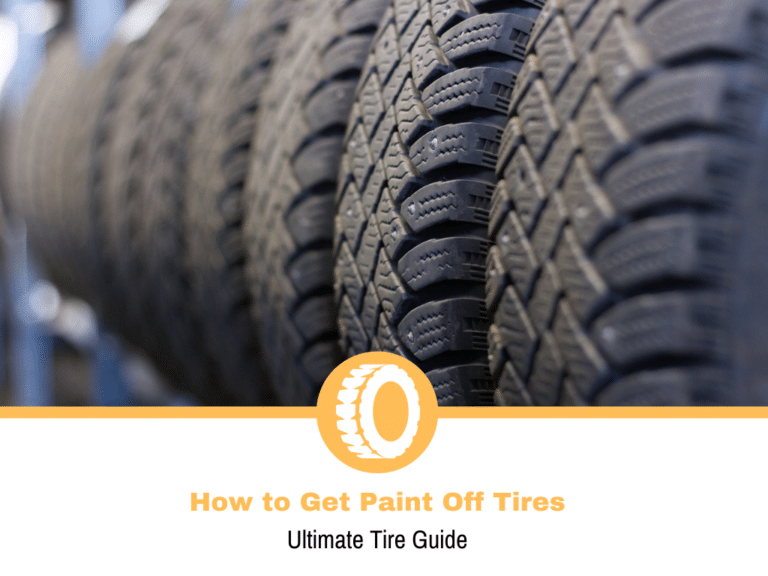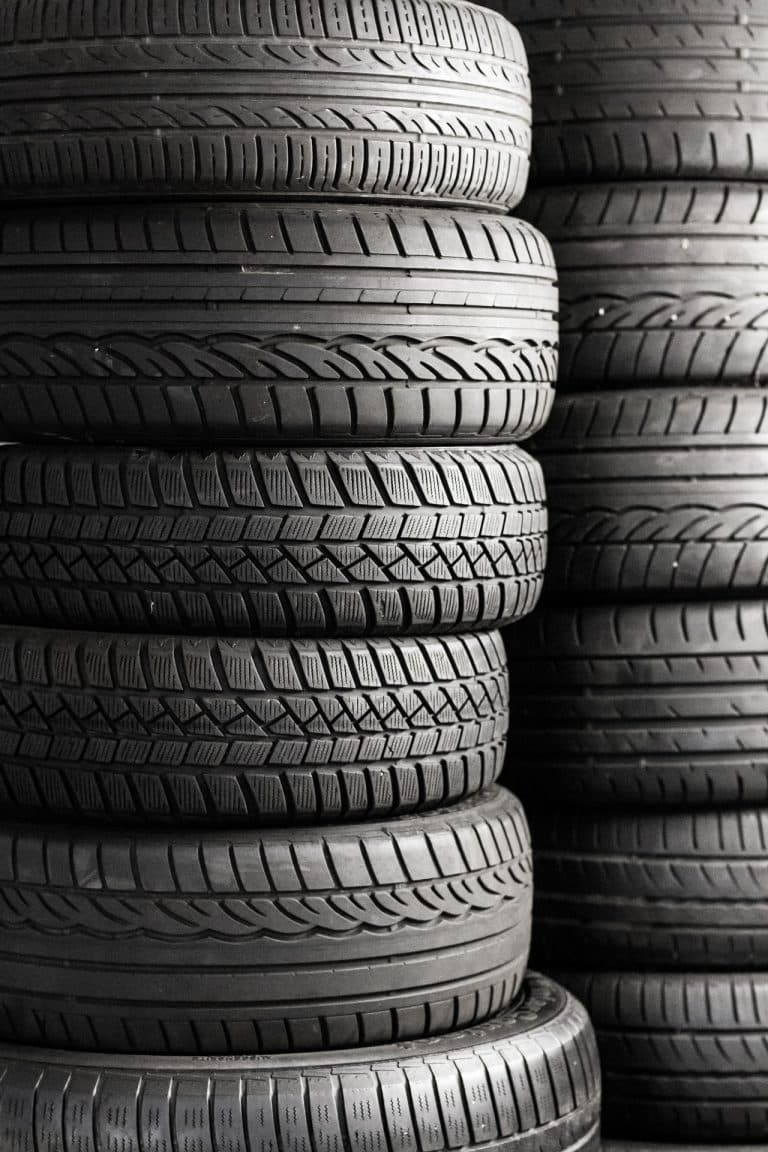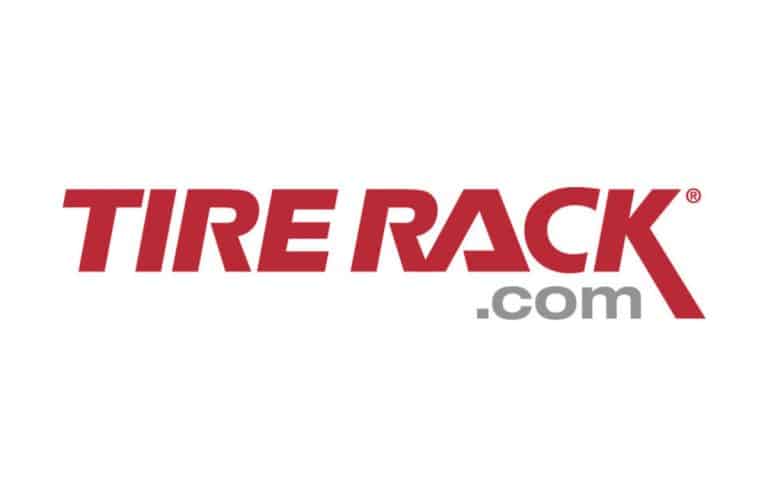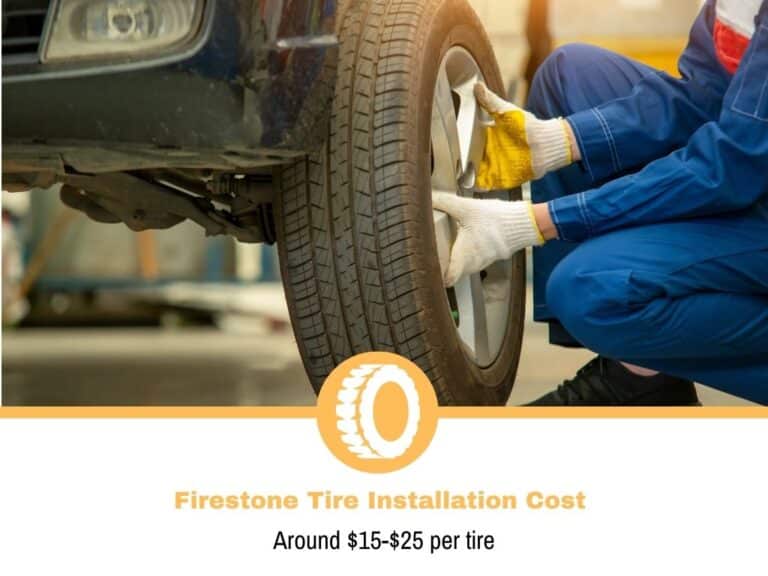Do Underinflated Tires Have the Best Traction?
Our tires are the only thing keeping us on the road, and the better the traction is, the better they can do this. Is it better to bring our tire pressure down a little to get more traction? We all know that if we get stuck in the sand or snow that deflating the tires a little will help us get out because of the increased traction. Is this true? And if so, why not do this all the time?
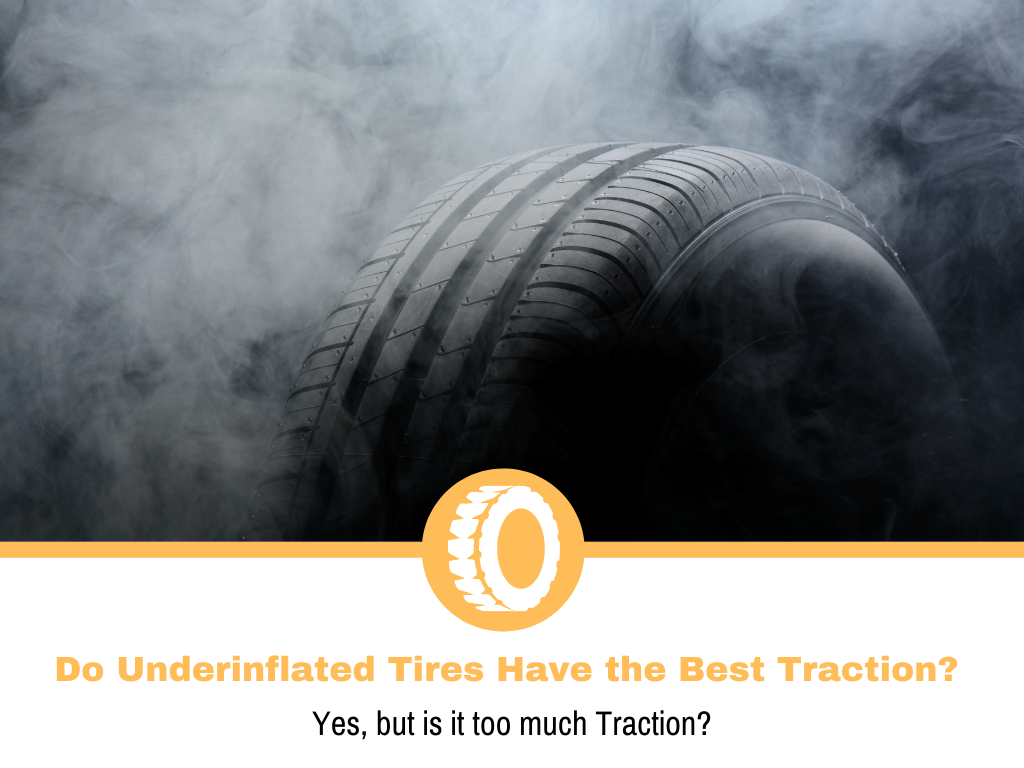
Underinflating your tires will give you more traction, yes, but it will not give you the best traction. In fact, underinflated tires will give you too much traction. So much so that you will have to struggle with a slew of problems that will make driving unsafe.
Why Should You Not Underinflate Your Tires?
Underinflating your tires have some serious negative impacts. Firstly, underinflating your tires can give you too much traction. Traction is fantastic when moving forward or stopping, but for turning the steering wheel it’s not the best.
As you turn the wheel you must overcome the grip the tire has on the road. Because the tires are gripping the road so much more, it makes steering difficult. The increased steering difficulty makes the vehicle less reactive, which further increases the danger of driving on low-pressure tires.
Furthermore, you will damage your tires over time. It is important to remember that tires and recommended pressures have been designed and calculated to give you the best performance, improve safety, and extend tire life. When you drive on underinflated tires, you will damage your tires over time.
A correctly inflated tire has enough pressure to maintain the desired shape. When the tire is underinflated, the desired shape is no longer achieved. In addition to loading performance, the tire also experiences unwanted physical stresses.
The center part of the tread starts to cave in because there isn’t enough air pressure to push it out. Because the edges of the tread are closer to the sidewall, they have more support. Due to the edges having more support than the center, they stay in place and take all the load. Now the tire experiences uneven wear.
The uneven wear experienced by the tire when it is underinflated is called edge wear. Not only is edge wear uneven, but it also happens far quicker than normal, even wear. In addition to tire damage, underinflated tires can also lead to damaged rims. Tires at recommended PSI are designed to absorb the impacts from an uneven road surface and potholes.
If you hit a pothole hard enough with underinflated tires, the tire may not have enough resistance to cushion the impact before the rim takes damage. Another issue with underinflated tires is to do with fuel economy and vehicle component health.
When the tire is underinflated, there is an increase in roll resistance. Roll resistance will make your engine and transmission work harder. This can decrease their working lifetime and wear certain components out like seals due to increased running pressures. Lastly, a harder working engine will consume more fuel. Underinflating your tires will indeed negatively impact your fuel economy.
Are There Situation Where Underinflating Your Tires Is Good?
There are a few situations where underinflating your tires are useful. If you are going to be doing some off-roading, on rocks or sand. An underinflated tire will not only give you more grip but also help prevent punctures. Though you might still get a puncture, it will be less likely.
Additionally, you might want to underinflate your tires when driving in the snow, however, there is some debate whether this is actually a good idea. Firstly, the roads will most likely be plowed and cleared up shortly, which would mean you suffer from the negative effects of underinflated tires without needing the extra grip.
Secondly, a properly inflated tire will often “dig” through the snow onto the road surface, once again eliminating the need for an underinflated tire. If you are, however, off-roading in the snow, you may gain from the benefits just like in sandy conditions.
Some people do argue that lowering the tire pressure during snowy conditions worsens the performance of your vehicle in the snow. Check out the below video to see this for yourself!
What Tire Pressure Is the Correct Tire Pressure?
For most cases, the recommended tire pressure that is provided in the vehicle’s owner’s manual is most often the best tire pressure to use. If you do not have the owner’s manual or simply don’t want to flip through it, the door jamb sticker should have the recommended tires pressures listed.
It is important to note that the recommended tire pressure and the max PSI visible on the tire itself are not one in the same. If you want to learn more about maximum tire pressures, check out our article: Should I Fill My Tires to Max Psi?
Conclusion
Lowering your tire pressures have some benefits in certain situation. When you are off-road on rocky train the lower pressures can protect your tires from punctures. Driving in the sand will give you more purchase. Lower pressures while driving in the snow can give you questionable results, all the more so when there are other alternatives that are far more useful.
Lastly, driving with underinflated tires on a normal road is a bad idea. Your tire will experience abnormal and excessive tire wear in the form of edge wear. The vehicle will be harder to steer, and your fuel economy will suffer. The best thing to do tire pressure-wise is to use the recommended tire pressures from the vehicle manufacturer.
